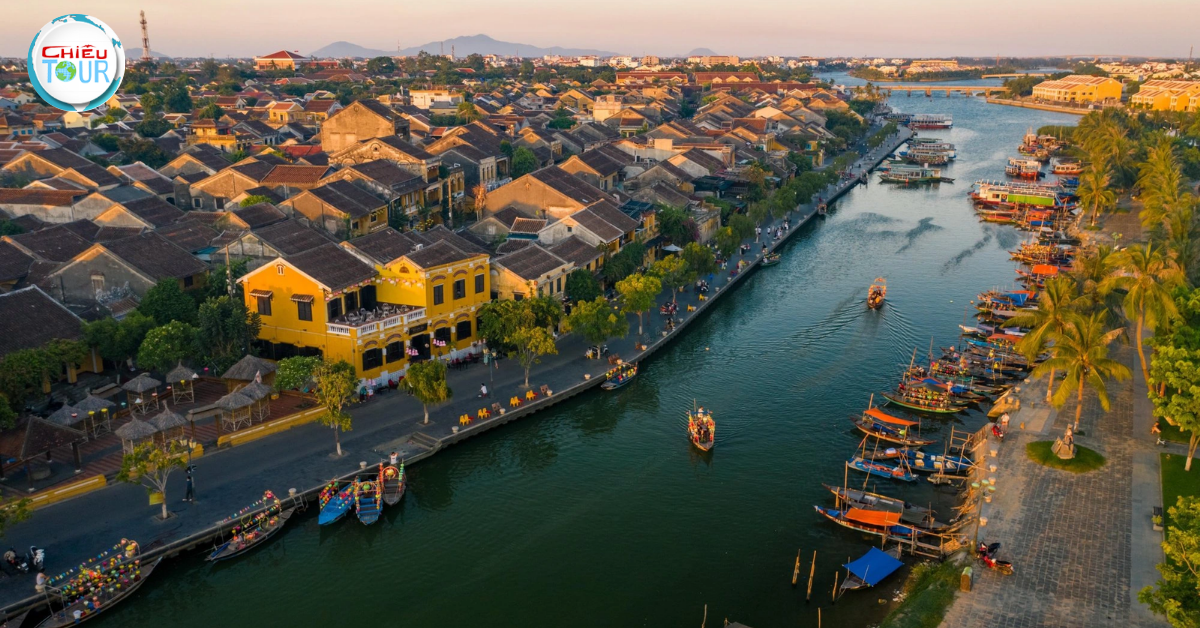The Tomb of Khai Dinh
- Author: Admin
- | Hot destination
The Tomb of Khai Dinh is a majestic and intricate mausoleum located in Vietnam's Thua Thien-Hue province. Built for Emperor Khai Dinh, who ruled from 1916 to 1925, this architectural marvel blends traditional Vietnamese styles with French colonial influences. The tomb stands as a testament to the emperor's love for art and culture, showcasing his desire to leave an enduring legacy. As you explore the details of the tomb, you will uncover layers of historical significance, artistic beauty, and the complex sociopolitical landscape of Vietnam during that era.
Historical Context of the Tomb of Khai Dinh
Before delving into the intricate designs and features of the Tomb of Khai Dinh, it is essential to understand the historical backdrop against which it was built. The early 20th century was a tumultuous time for Vietnam, marked by colonial rule and the struggle for national identity.
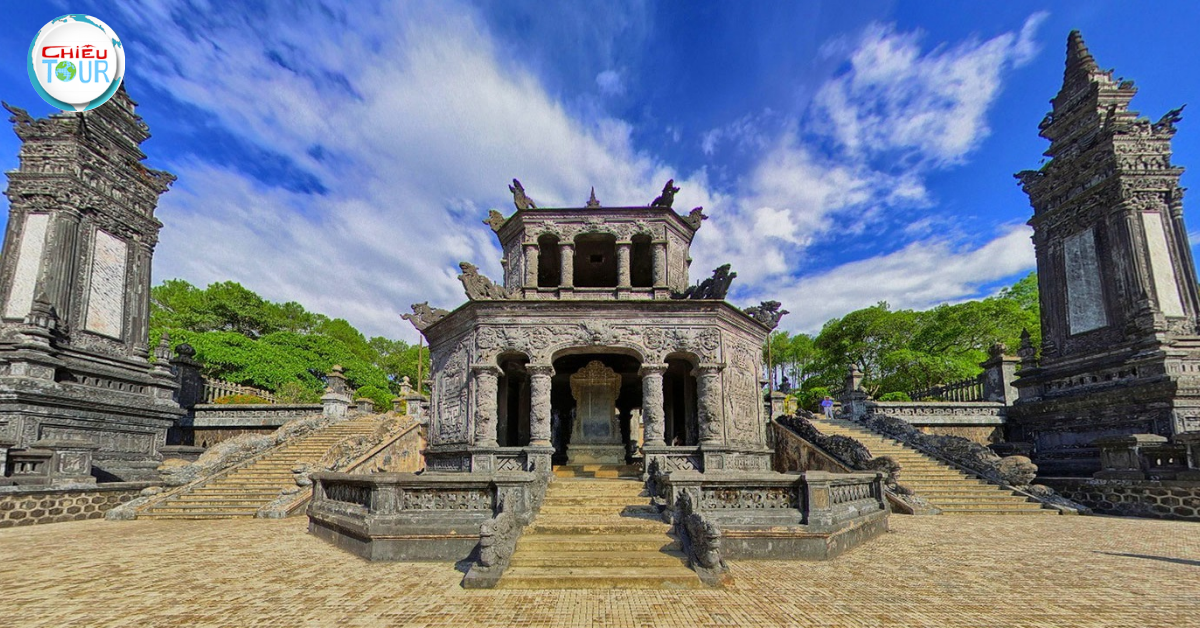
The Reign of Khai Dinh
Emperor Khai Dinh ascended the throne during a period characterized by significant foreign influence and internal strife. His reign was notably marked by the increasing power of the French colonial government.
Despite being seen as a puppet ruler by many, Khai Dinh attempted to navigate the complexities of maintaining tradition while accommodating modernization. This duality is vividly reflected in the architecture of the tomb, which seamlessly fuses Eastern and Western elements.
The Colonial Influence
The early 1900s were a time when Western architectural styles began to penetrate Vietnamese culture. The Tomb of Khai Dinh is one of the finest examples of this hybridization.
This period saw a fascination with European aesthetics, including neo-classical and baroque influences. The elaborate decorations found throughout the tomb embody the intersection of these cultural currents, revealing the emperor’s response to the challenges posed by colonialism.
Construction of the Tomb
Construction of the Tomb of Khai Dinh began in 1920 and took over eleven years to complete, reflecting the meticulous attention to detail that characterized the project.
The high cost of the construction, driven by both artistic ambition and material expenses, culminated in a structure that stands as a symbol of the emperor's vision. However, it also served to underscore the social disparities present in Vietnam at the time, as resources were often diverted from the common people to fulfill royal aspirations.
Architectural Design and Features of the Tomb of Khai Dinh
The sheer magnificence of the Tomb of Khai Dinh lies in its design. It incorporates various architectural styles, each adding depth and narrative to the overall composition.
A Blend of Eastern and Western Styles
One of the most striking aspects of the Tomb of Khai Dinh is its harmonious blend of traditional Vietnamese architecture with Western influences.
The layout follows the classic principles of Vietnamese tomb architecture, emphasizing symmetry and alignment with nature. At the same time, the incorporation of European elements introduces a sense of grandeur not typically seen in earlier Vietnamese tombs.
For instance, the use of concrete and steel in the construction reflects modern materials and engineering techniques while maintaining the cultural essence of imperial burial sites. This innovative approach encapsulates Khai Dinh's attempt to merge his heritage with contemporary artistry.
Elaborate Decorations
As you traverse through the tomb complex, you cannot help but be captivated by the intricately detailed decorations.
Every inch of the site is adorned with ceramic mosaics, dragon motifs, and vibrant sculptures. The dragon, a symbol of power and nobility in Vietnamese culture, is an omnipresent theme, elegantly representing the emperor’s divine right to rule.
Moreover, the colorful tiles sourced from various regions illustrate not only local craftsmanship but also Khai Dinh's appreciation for diverse artistic traditions. These decorative layers serve to create a captivating visual narrative that beckons visitors to ponder deeper meanings behind the imagery.
The Main Altar
At the heart of the Tomb of Khai Dinh lies the main altar, a reverent space dedicated to the emperor.
The altar itself consists of a large statue of Khai Dinh, depicted in regal attire, an embodiment of his status and legacy. Surrounding the statue are offerings, portraying both spiritual devotion and the importance of ancestor worship in Vietnamese culture.
The arrangement speaks volumes about the emperor's desire for posthumous recognition, while also reinforcing the notion of continuity between past rulers and future generations. The sacred atmosphere encourages reflection on mortality and the legacies we leave behind.
Cultural Significance of the Tomb of Khai Dinh
Beyond its architectural splendor, the Tomb of Khai Dinh holds a profound cultural significance. It serves as a mirror reflecting the social dynamics and collective memory of Vietnam during a critical historical juncture.
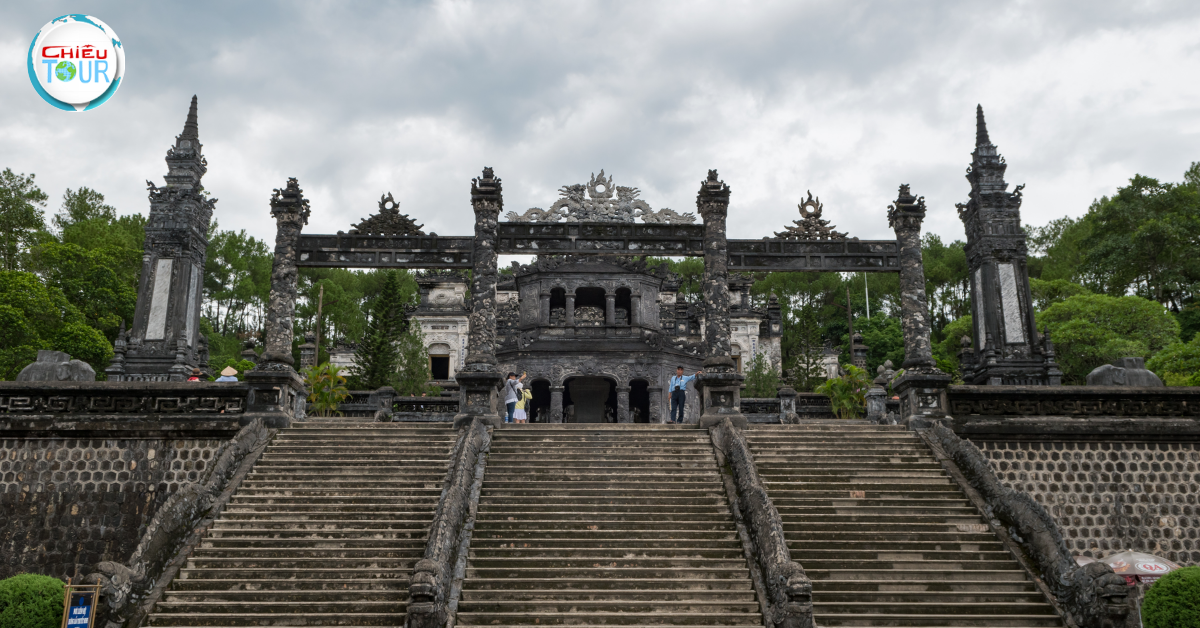
Preservation of Vietnamese Heritage
The Tomb of Khai Dinh plays a crucial role in preserving Vietnam's rich cultural heritage.
It stands as a reminder of the nation's imperial past, allowing present and future generations to connect with their history. The tomb’s unique construction methods and artistic expressions provide valuable insights into the socio-cultural practices of the time.
In addition, it represents a bridge between the past and the present, where modern-day Vietnam seeks to reconcile its imperial history with contemporary values. This preservation story highlights the importance of cultural identity in times of change.
Impact on Vietnamese Art and Architecture
Khai Dinh's mausoleum has left an indelible mark on Vietnamese art and architecture.
Following its completion, many architects and artists drew inspiration from the tomb's design principles, leading to the emergence of new architectural trends in Vietnam. The blending of styles nurtured creativity, encouraging the exploration of innovative ideas within the realm of Vietnamese art.
Furthermore, the artistic techniques used in the tomb have influenced subsequent generations of artisans, ensuring that the craftsmanship showcased at Khai Dinh continues to thrive in modern-day Vietnam.
The Tomb as a National Symbol
Today, the Tomb of Khai Dinh stands as a national symbol, attracting visitors from around the globe.
As one of the key attractions in the historic city of Hue, it embodies the spirit of resilience and adaptation that characterizes the Vietnamese experience. The tomb serves not only as a tourist destination but also as a site for national pride, fostering a sense of shared heritage among the Vietnamese people.
This symbolic resonance accentuates the importance of preserving historical landmarks and nurturing appreciation for cultural diversity, allowing the stories of past leaders to inform our understanding of contemporary society.
FAQs
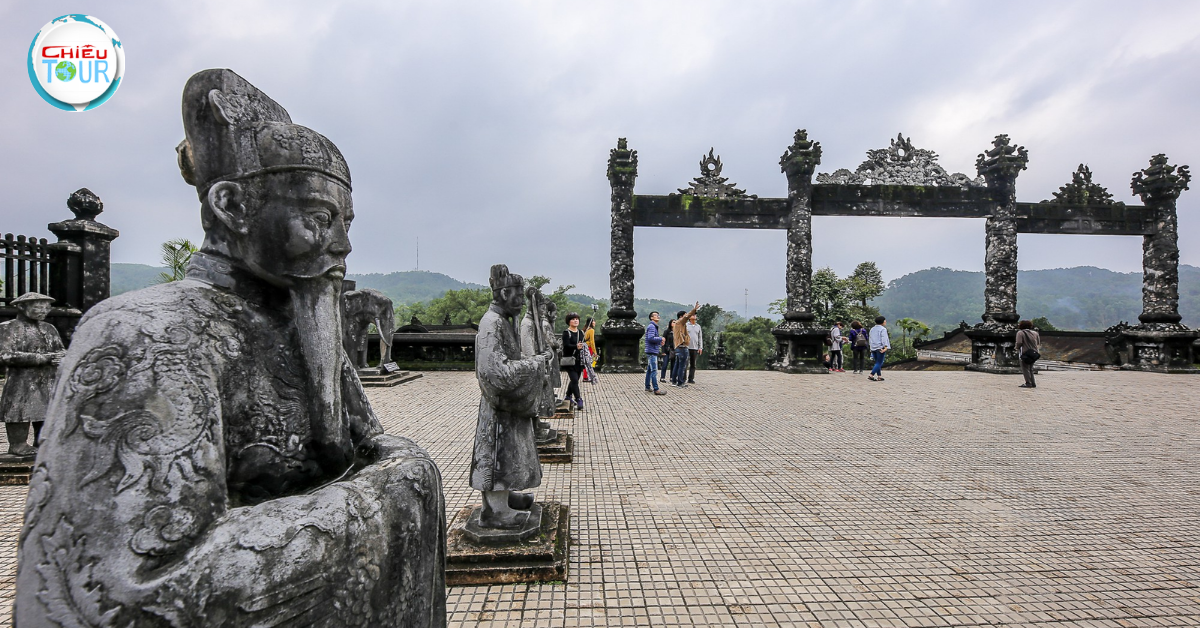
What is the location of the Tomb of Khai Dinh?
The Tomb of Khai Dinh is located in Huong Thuy, just outside the city of Hue in Vietnam. Nestled in the picturesque hills, it offers breathtaking views of the surrounding landscape.
When was the Tomb of Khai Dinh constructed?
Construction of the Tomb of Khai Dinh began in 1920 and was completed in 1931. It took over a decade to build due to the intricate design and the use of diverse materials.
What architectural styles can be seen at the Tomb of Khai Dinh?
The Tomb of Khai Dinh showcases a unique fusion of traditional Vietnamese and French colonial architectural styles. Visitors can observe ornate decorations, dragon motifs, and modern building materials that enhance its grandeur.
Is there an entry fee to visit the Tomb of Khai Dinh?
Yes, there is an entrance fee to visit the Tomb of Khai Dinh, which helps maintain the site. Ticket prices may vary, so it is advisable to check the official website or local resources for updated information.
What are some nearby attractions to the Tomb of Khai Dinh?
Visitors to the Tomb of Khai Dinh can also explore other historical sites in the area, such as the Imperial City of Hue, the Tomb of Minh Mang, and the Tomb of Tu Duc. Each site provides further insight into the rich history and culture of the Nguyen Dynasty.
Conclusion
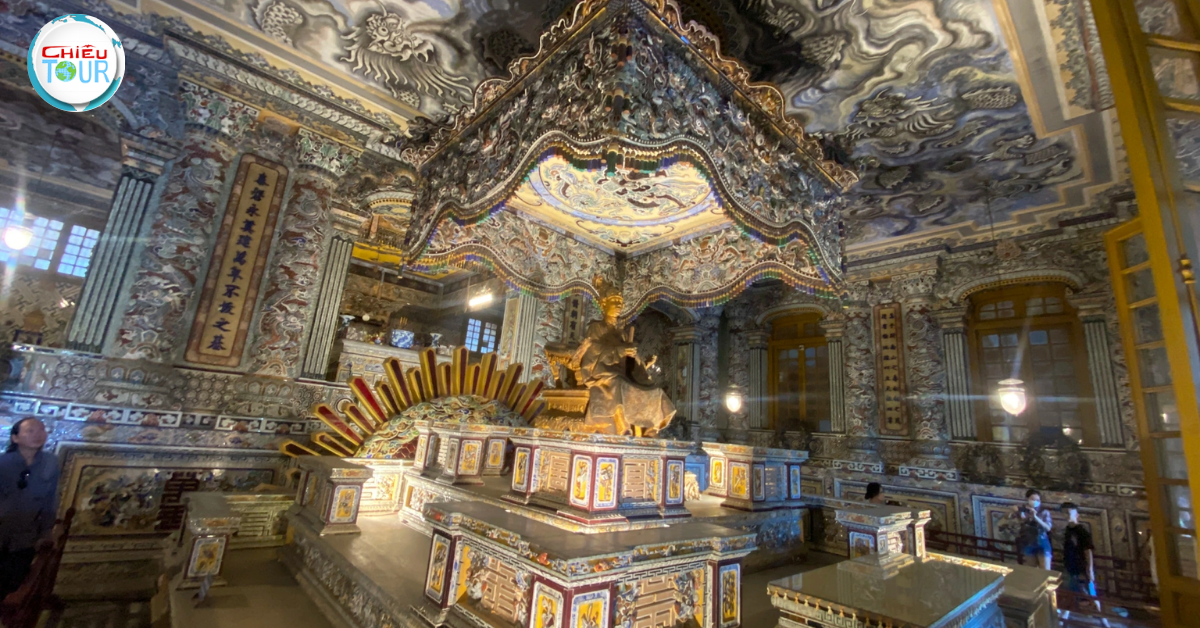
The Tomb of Khai Dinh stands as an extraordinary testament to the richness of Vietnamese history, art, and culture. With its exquisite blend of Eastern and Western architectural styles, it reveals the complexity of the era in which it was built. The tomb not only honors the legacy of Emperor Khai Dinh but also serves as a symbol of national identity and historical significance.
As we reflect on this architectural masterpiece, we are reminded of the importance of preserving such cultural landmarks as they offer invaluable lessons about resilience, adaptation, and the stories that shape the human experience. The Tomb of Khai Dinh is not merely a resting place for a ruler; it is a living narrative that continues to inspire, educate, and connect us to the profound tapestry of our shared heritage.
 Vietnam
Vietnam 


